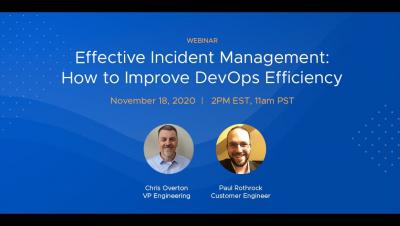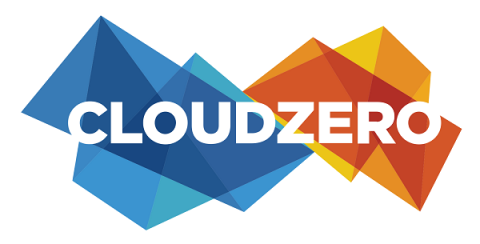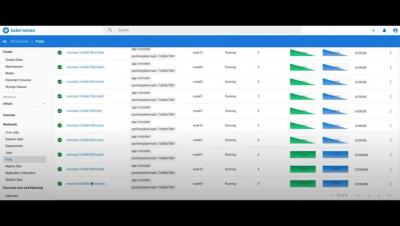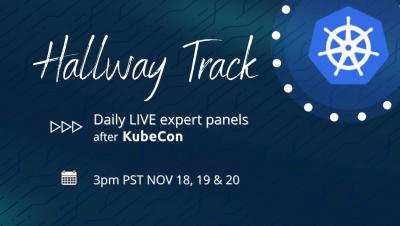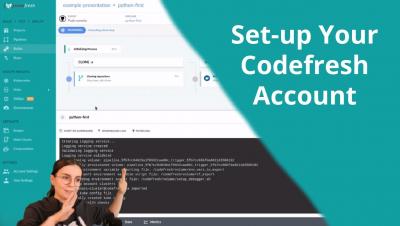Operations | Monitoring | ITSM | DevOps | Cloud
DevOps
The latest News and Information on DevOps, CI/CD, Automation and related technologies.
What Is Cloud Cost Intelligence and Is It Right for Your Business?
If your business is growing, your AWS bill is probably growing with it. Yet, in conference rooms all over the world (or Zoom calls, these days), CFOs are asking “we’re spending how much?!” — while engineering leaders try to explain that the platform is twice as fast and they’ve added some machine learning that is going to absolutely change the game.
Upgrading Kubernetes from 1.18 to 1.19
Hallway Track | Covering #Kubecon North America - Day 2
Codefresh Quick Bites: Set-up your account
Netreo 2-minute Overview
How to collect VMware vSphere metrics
In Part 1 of this series, we discussed key VMware vSphere metrics you can monitor to help ensure the health and performance of your virtual environment. In this post, we’ll cover how you can access these key vSphere metrics using a few of VMware’s internal monitoring tools. We’ll also show you how and where to access VMware events and logs to help you gain further insight into your virtual environment.


